
Oh, Christmas tree! Few holiday symbols are more beloved.
While the custom of decorating with greenery for mid-winter celebrations is age-old, the tradition of placing an evergreen tree inside our homes is a relatively recent Christmas tradition. Read on for a brief history of the Christmas tree and some important details on how to pick an artificial Christmas tree for your holiday celebration.
The History of the Christmas Tree
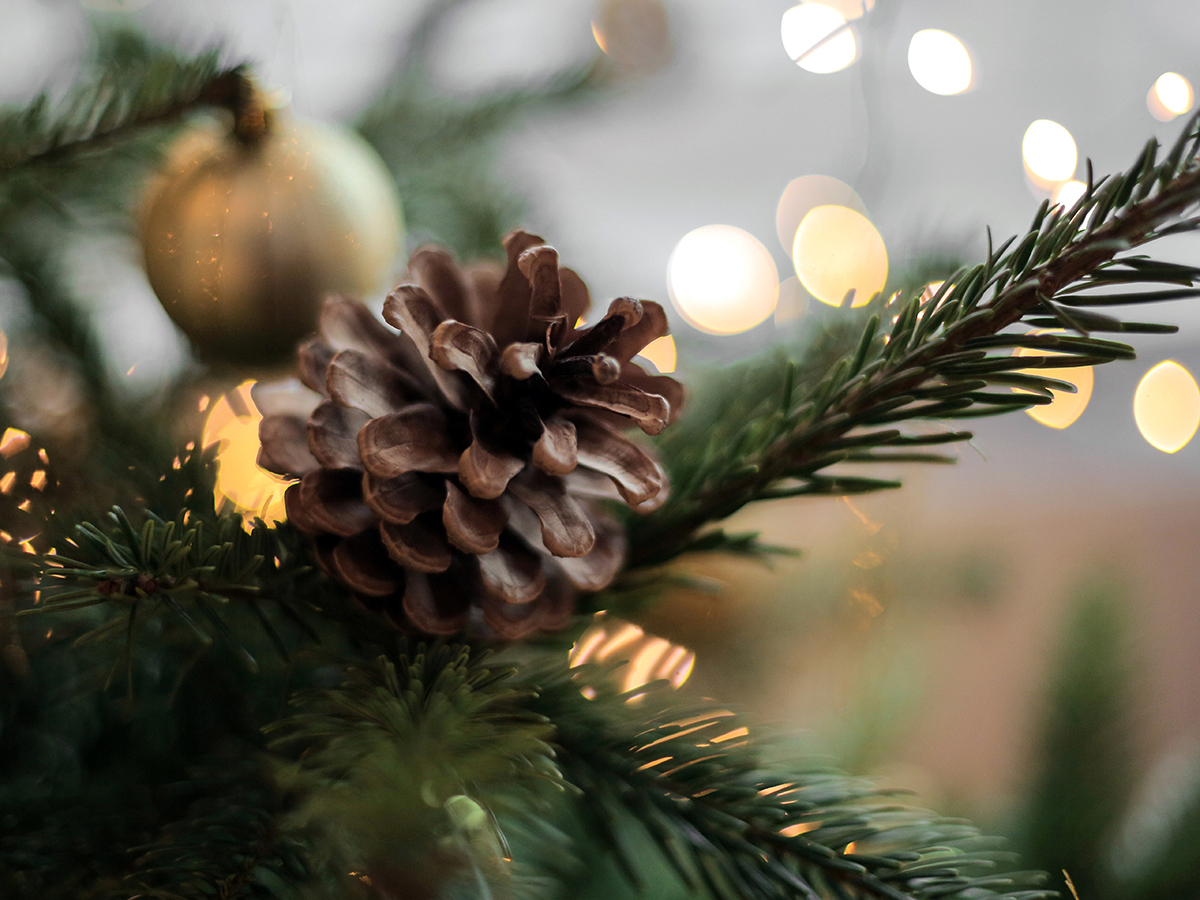
Unsettled by the dark skies of the winter solstice, ancient cultures created elaborate stories and customs to help explain seasonal changes. Plants like evergreens that didn’t die in winter were a reminder that the sun and new growth would eventually return.
As Christianity spread throughout Europe, Christians borrowed from older solstice holiday practices, decorating with greens to celebrate Christmas.
The Germans are credited with originating the custom of decorating an evergreen indoors. Queen Victoria and her German husband, Prince Albert, popularized the tradition in the 1840s.
Introducing the Artificial Christmas Tree
In the 1880s,when the custom of holiday tree decorating began leading to deforestation, Germany passed laws to protect its natural resources. As an alternative, people used goose feathers, dyed green, to create the first artificial Christmas trees.
German immigrants brought feather trees with them to America, but they never quite caught on. However, people began viewing artificial Christmas trees more favorably after Sears Roebuck began advertising them in its 1913 catalog.
Trends in artificial trees varied throughout the century, from the bottle brush trees of the ’30s and ’40s to the aluminum trees in silver or pink popular in the ’50s and ’60s.
Since the 1980s, the bulk of consumers have favored more natural-looking trees. Manufacturers cater to this preference with styles that imitate natural firs, from feathery pines to spiky spruce.

Types of Artificial Christmas Trees
Modern artificial trees represent a broad range of sizes and varieties. Prices vary greatly, based on construction, height, fullness and amount of decoration. There is an artificial tree for every budget!
Among the common styles:

Alpine – The alpine style tree features a visible, natural-looking trunk mounted to a wooden X-style or board base. Available pre-lit or unlit, slimmer profiles are common. Due to their natural style, alpine trees are usually green, although some are flocked for a snow-covered look.
Height – 3 to 7 feet
Profile – Pencil, slim, medium
Traditional – The perennial choice for holiday decorating, the traditional-style artificial Christmas tree offers the widest variety in size, design, construction and price range. While many pre-lit artificial Christmas trees feature clear or white bulbs, multi-color options are available. Unlit artificial trees let you decorate with your preferred bulb style and size.
Height – 3 to 15+ feet
Profile – Pencil, slim, medium, full


Pop-Up – If you’re looking for a super-easy set-up and a more abstract appearance, pop-up trees could be for you. Many come pre-lit and decorated. There are also kitschy tinsel trees in a variety of colors. These slimmer-profile faux Christmas trees collapse for storage, so they’re great for small spaces.
Height – 4 to 6-foot
Profile – Pencil, slim
Wall Trees – Another space-saver, the wall tree is actually a half-tree with a flat back that fits snugly against a wall. Available in heights from small to tall, wall trees give the illusion of a full-sized Christmas tree but use less floor space.
Height – 2 to 7-1/2-foot
Profile – Slim
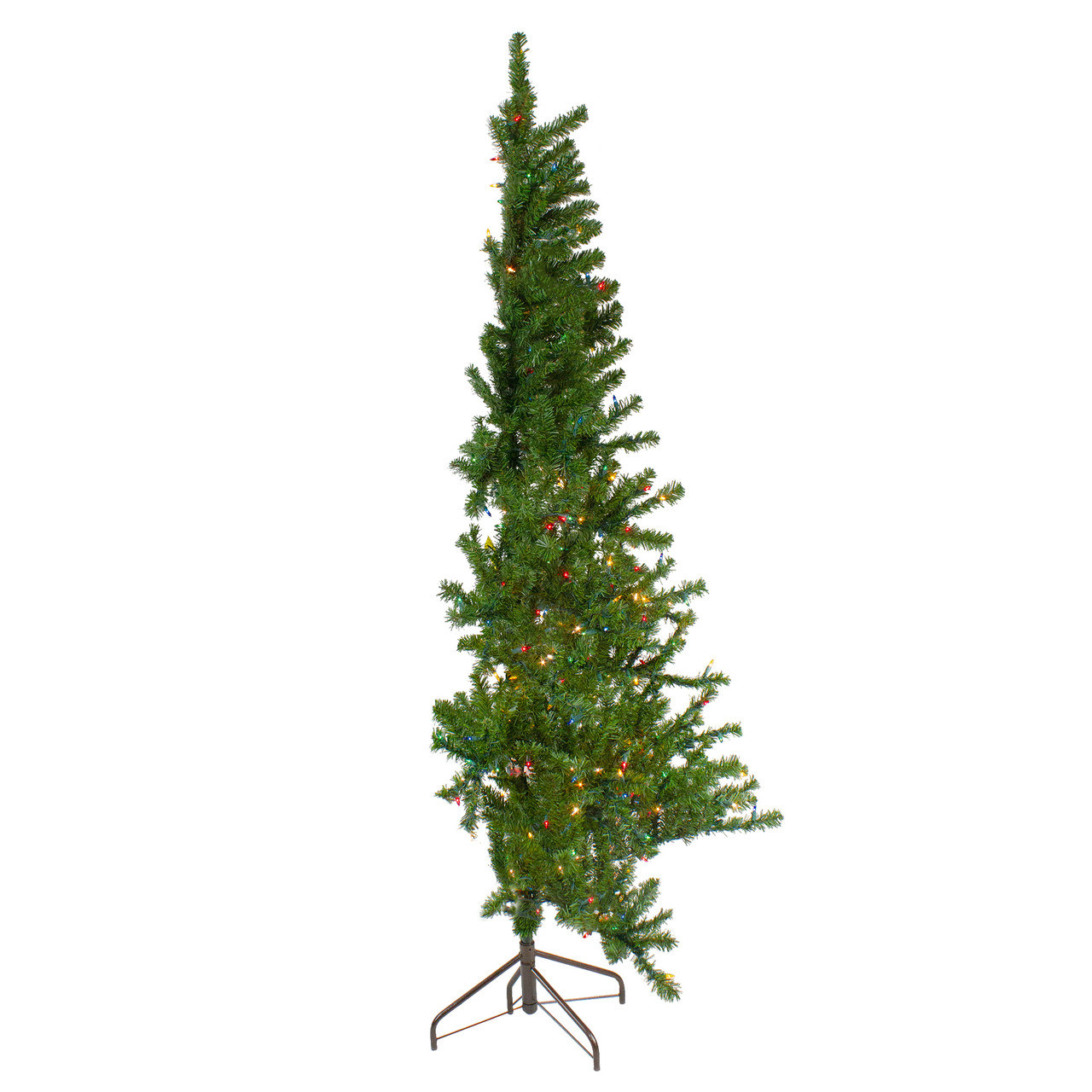

Tabletop Trees – Available with or without lights, decorated or undecorated, petite 1-1/2 to 3-foot tall tabletop trees offer the minimum of fuss when it comes to decorating, space and storage considerations.
Trending Styles for Holiday Decorating
Multiple – Some people love decorating for Christmas so much, one tree just isn’t enough! Whether you want to experiment with themes or deck out several rooms, the convenience, variety and price range of artificial trees lets you holiday to the max with multiple Christmas tree displays.
Flocked – These snow-covered faux trees, popular in the ’40s, ’50s and ’60s, have seen renewed interest. Whether it’s to complement mid-century modern decor or give a nod to nostalgia, frosted, flocked and iced Christmas trees are a continuing trend.


Upside Down – You may have thought mounting Christmas trees on the ceiling was a crazy new concept, but people have been hanging trees bottom-up since the Middle Ages. Artificial Christmas tree manufacturers make decorating with upside down trees easy by attaching the tree to a base that stands firmly on the floor – leaving plenty of room to spread presents underneath. Since these trees are top-heavy, consider a ceiling anchor for safety.
Twig & Birch – Not to be confused with the sad little Christmas tree adopted by a favorite animated Peanuts character, twig and birch trees have a simple elegance that beautifully accents modern, rustic and farmhouse style holiday decors. You’ll find them pre-lit and unlit, tabletop size to 10 feet.


Colors – From retro silver to stunning black, from glittery gold to pristine white, artificial Christmas trees come in a surprising array of colors. Colorful Christmas trees lend themselves to themes and styles beyond the traditional red and green, so you can explore your own unique holiday decorating flair.
Outdoor – Potted artificial topiary Christmas trees add holiday pazazz as porch accents or beside a doorway or garage. You’ll find traditional pine tree or topiary-style silhouettes “planted” in a pot-like base.

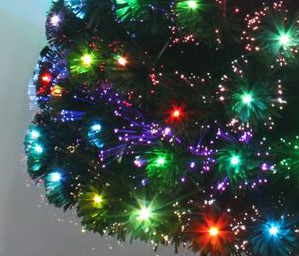
Fiber Optic Trees - When you really want your tree to shine, a fiber optic Christmas tree might be the perfect choice. These pre-lit trees offer a range of options, from color-changing mini lights to glowing ornaments or candles. On other varieties, the tree’s needles are tipped with fiber optic lights and could be interspersed with additional lighting for a truly sparkling effect.
Snowing Christmas Trees - These whimsical trees really do give the impression that it’s snowing indoors! Thanks to a small internal blower, fake “snow” drifts from the top of the tree over the branches and into the umbrella base. They are available from petite 3-foot to 6 foot styles. Some even play music!
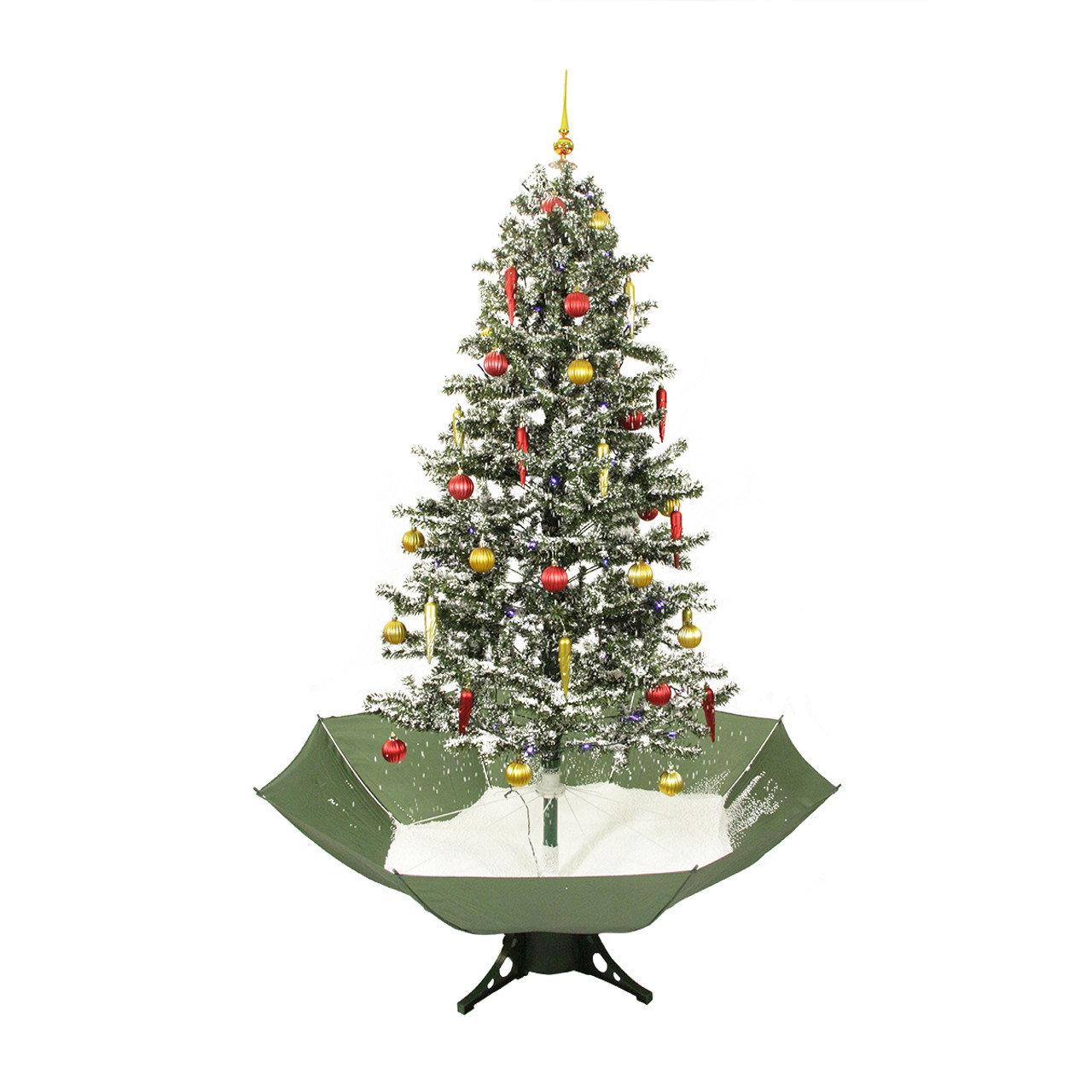
What to Look for in an Artificial Tree
Consider the following guidelines to find the best artificial Christmas tree for your needs.
Size – Your tree will provide years of enjoyment, so plan for its addition to your home just as you would a new piece of furniture – by knowing where it will stand. Artificial tree sizes range from petite tabletop varieties to majestic firs to grace a two-story foyer. Consider your ceiling height and the space you can devote to your tree. Be sure to leave room for your treasured tree-topper, so it won’t brush the ceiling when the tree is fully decorated.
Be sure to take measurements so you know the right size tree for your home.
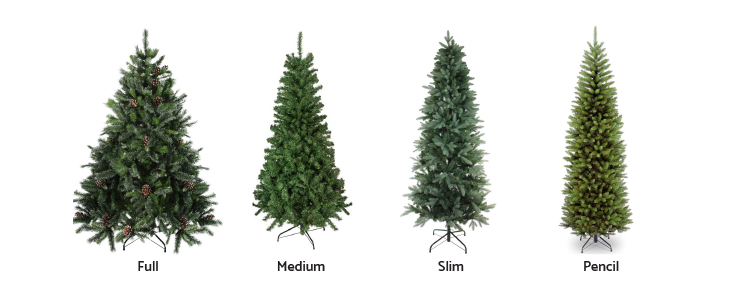
The width of the tree is also a consideration. Artificial tree measurements refer to its diameter, or width from tip to tip at the widest point, typically the lowest branches. Leave some room around the tree for your tree skirt and to make sure branches won’t brush against walls or furniture.
You can narrow your choices when searching for an artificial Christmas tree by knowing the profile you prefer. A pencil Christmas tree is the narrowest style offered. A slim Christmas tree is slightly wider, followed in gradually larger proportion by medium profile and full Christmas trees.
Lighting – Pre-lit artificial Christmas trees utilize strings of either traditional incandescent or energy-efficient and long-lasting LED lights. Newer technology ensures that one spent light bulb won’t cause the whole strand to go out. Your tree may come with extra bulbs and fuses. Fiber-optic lighting options also are available.
You also have a choice between all-white or multi-colored lighting options. Some pre-lit Christmas trees even feature remote operation, as well as wide-angle and color-changing lights.


Fabrication/Branch Type – An artificial tree relies on a series of branches tipped with plastic “needles” to mimic a natural look. Many artificial Christmas trees are made using PVC (polyvinyl chloride). Close up, these needles are flat and fringe-like. Trees made from PVC are typically moderately priced.
Three-dimensional needles molded from PE (polyethylene) have helped improve the natural appearance of artificial trees. Trees with PE needles may incorporate branches of PVC needles for fullness. Since trees made from PE tend to be more expensive, a mix of the two different branch types helps control cost.



PVC needles
PE needles
Mix of PVC and PE
Tip Count – The more branches on your tree, the fuller it looks. That’s where tip count comes in. If you like a more open tree with room for large ornaments, you may opt for a lower tip count. Choose a higher tip count for a lush look. Generally, the more branch tips a tree has, the higher its quality and cost.
Ease of Set-Up – Artificial trees consist of branches inserted into a central metal pole. Some models feature pre-attached branches; on others, the branches are separate from the central pole. Individual sections of the tree (often a top, middle, bottom and stand) connect via the “trunk”. If you’re concerned about easy set-up for your Christmas tree, check product descriptions for assembly information.
Ready for the Holidays!
By taking your needs, budget and style preferences into consideration, you’ll be ready to choose the perfect artificial Christmas tree to serve as the focal point of your holiday celebrations for years to come.
*Information compiled from stock available through Christmas.com. Items sold on this site by other artificial Christmas tree suppliers and manufacturers may vary.
